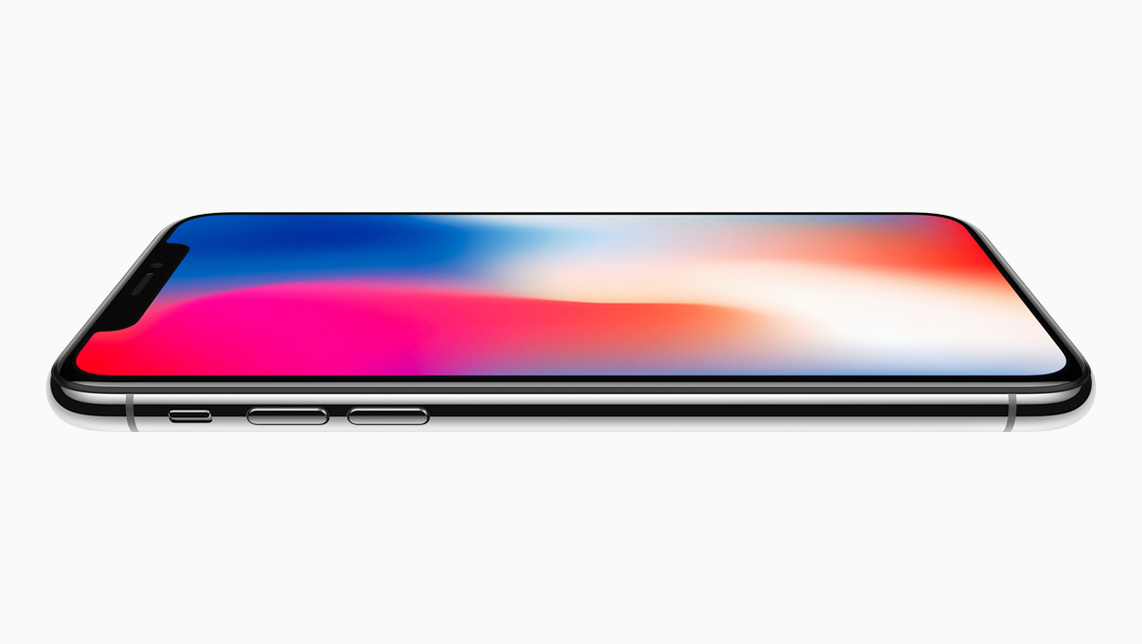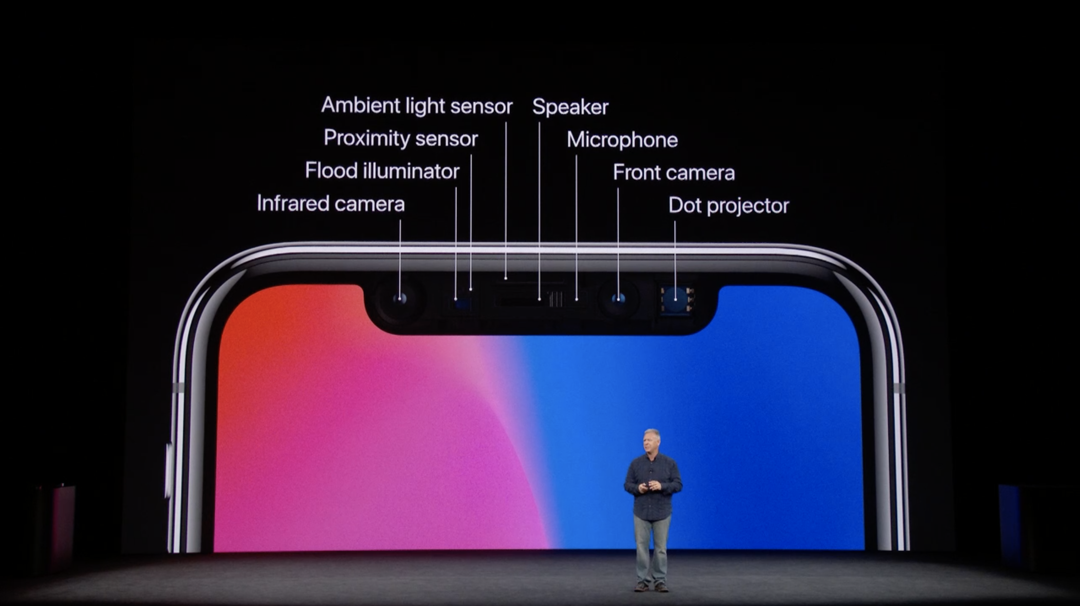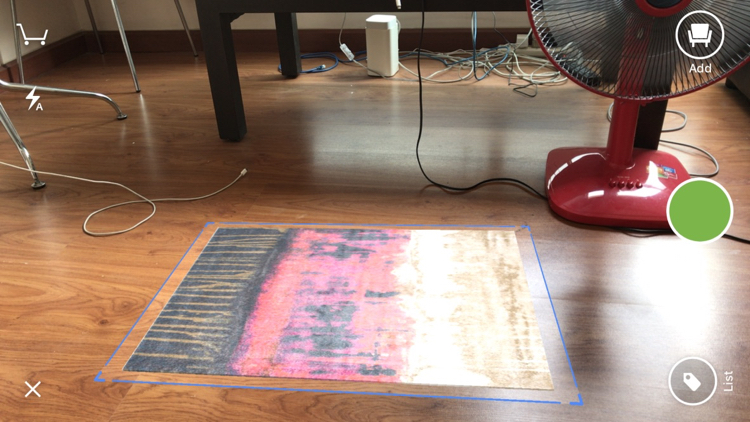Cassandra - Weekend Review: Lying about the iPhone 8 and Other Comments (Amended with Correction)

eXtensions - Sunday 24 September 2017
|
Cassandra - Weekend Review: Lying about the iPhone 8 and Other Comments (Amended with Correction) |
 |
|
|
By Graham K. Rogers
I cannot get my head round these reports. Some commentators are even writing that there is a new processor, a new camera, wireless charging, and a new glass back, and then insisting that it is still the same. That A11 processor by the way has 6-cores instead of the 4 cores of the A10; and the camera is up now to 12 MP. There have already been some reports on its effectiveness and quality of output. it is not a good comparison but my first DSLR had a 12MP sensor too. So with 2 extra cores, the behind scenes processing is improved: faster image processing and better game play. And then there is Bluetooth 5; not the BT 4 of the iPhone 7, but the latest standard. So anyone writing that the iPhone 8 is the same as the iPhone 7 is either lying, incompetent or they do not understand the technology they are writing about.
There are a number of reports that comment on the iFixit teardown, including one from Devin Coldewey on TechCrunch who mentions some components that iFixit was not able to identify, including "a weird little chip in the display assembly" and camera sensors with a larger pixel pitch, both of which would suggest that this is not at all like the iPhone 7, despite the insistence of some. There are some other little things that have yet to be identified. Another example of the novelty is described by Daniel Eran Dilger on AppleInsider who examines "the new Apple GPU, Neural Engine, its 6 core CPU, NVMe SSD controller and new custom video encoder" in considerable detail. Part of the reorganisation of tasks that the core CPU does - including the speeds it can produce - allows the device to use less power and that is why Apple was able to use a smaller battery and still produce similar usage to the iPhone 7.

iPhone 8 - image courtesy of Apple I was reminded of the video Apple made for 30 years of Mac: 30 hours of clips from around the world. The whole lot, including sunrise in Australia afternoon work in Pompeii and sunset on the West Coast, was brought together in 1 minute 27 seconds of fast moving clips. What was created at the same time was a sister video explaining how the first one was made and the behind-scenes organisation (and equipment used) is formidable. Of course now that consumers are actually getting their hands on the new phones, some of the negative reports are being shown up for what they are: little more than clickbait. Joe Rossignol on MacRumors reports on early forum comments from users who are pleased with the camera and the True Tone display, and are making positive noises about the glass back. Not everyone was positive of course and the report does include some less than wonderful comment.
Next weekend another 29 countries join the club: Andorra, Bahrain, Bulgaria, Croatia, Cyprus, Czech Republic, Estonia, Greece, Greenland, Guernsey, Hungary, Iceland, India, Isle of Man, Israel, Jersey, Kuwait, Latvia, Liechtenstein, Lithuania, Malta, Monaco, Poland, Qatar, Romania, Russia, Saudi Arabia, Slovakia and Slovenia What these larger than normal lists suggested to me, unlike the rumours from analysts who predicted delays and production problems, was that Apple was ready for the launch of these models with more plentiful supplies than in the past, so naturally shipping delays are lower. Some are also suggesting that thin crowd numbers at the stores indicated lower interest, although most people order online now. The Singapore release did look as packed as in the old days (first in line was a customer from Thailand who bought two). Asia is different, not that many commentators have grasped that in US-centric texts. A problem is that if a site defends or praises Apple they are fanboys and therefore incapable of rational thought. Only criticism of Apple products is acceptable. Needless to say, among the doomsayers, Seeking Alpha contributors figure significantly as they are only interested in the short term share price and, like many coming from the direction of Wall Street never imagine how Apple is in it for the long term. With their limited outlook, the investors who follow them are badly served.

Phil Schiller explains FaceID
I was disturbed by the Scientific American article (Jesse Emspak) that trotted out some sceptical experts on security who outlined the problems with current systems, while others have actually looked at the complexities of what Apple has designed and realise that this has a lot going for it. The article has it wrong when they include the idea that there are 30,000 infrared dots: it is that an infrared camera reads the dots. [Correction - The article has that comment on infrared dots right according to information now available in the Apple White Paper on Face ID Security]. They [also] miss out the flood illuminator and a couple of other features. That was disappointing from such a publication.
I wrote about Houzz and other AR apps last Thursday after I was finally able to update iOS 11 on the iPhone 7 Plus. It installed on the other devices in super-quick time. Thuy Ong on The Verge writes about Magic Sudoku: an app that I did not download because it seems to go against the spirit of apps as it was developed to solve Sudoko puzzles. I thought the point of these, sometimes infuriating, mathematical problems was that they stretch the brain when we find solutions, not that we have an unethical shortcut.

Houzz App - AR Display of Furniture Also on The Verge, Thomas Ricker writes about a new expansion and availability of HomeKit devices. I can only say, About time too: it looks as if developers are finally catching on. There are still the same middling set of devices available in Bangkok shops and IKEA, like its Place app, don't make its HomeKit-capable lighting equipment available here. At least Philips Hue and (now) the Sylviana SMART+ color LED bulb can be purchased on Amazon by users in Thailand. Mind you, the shipping costs might make it more economical to write a list of devices you want and take a weekend trip to Singapore. Do not however, make the mistake of the Australian this weekend who went through the green channel at Bangkok Suvarnhabhummi Airport with 26 iPhone 8 units. One of the reasons Ricker cites for the new availability is that Apple changed the requirements from a hardware-based authentication system - and these chips were almost impossible for those here trying to develop projects to find - to a software system. There are now 139 confirmed products in Apple's list, some of which are "coming soon".
Graham K. Rogers teaches at the Faculty of Engineering, Mahidol University in Thailand. He wrote in the Bangkok Post, Database supplement on IT subjects. For the last seven years of Database he wrote a column on Apple and Macs. After 3 years writing a column in the Life supplement, he is now no longer associated with the Bangkok Post. He can be followed on Twitter (@extensions_th) |
|

For further information, e-mail to
Back to
eXtensions
Back to
Home Page